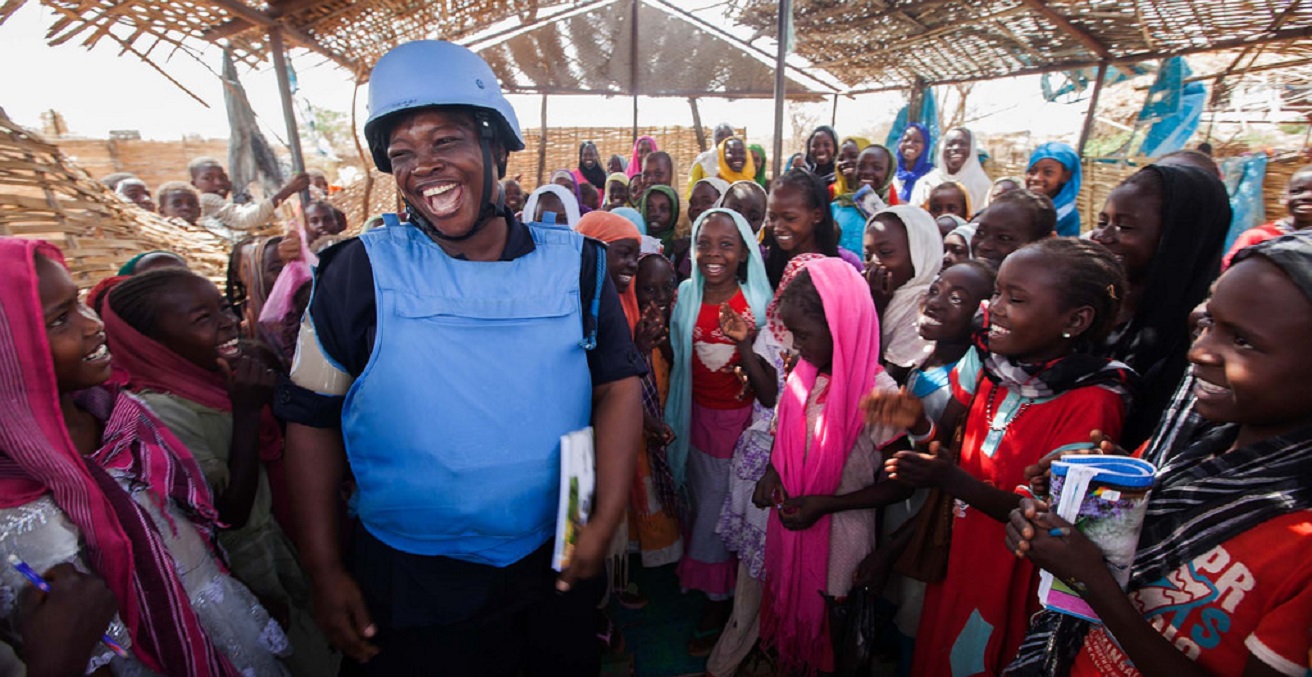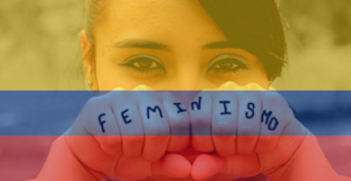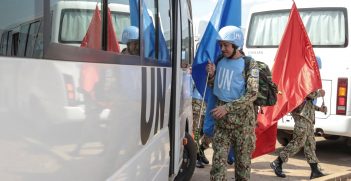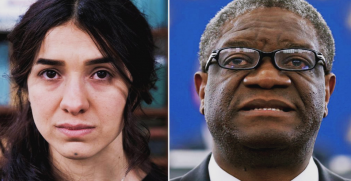How Women Can Inspire More Than Just Peace

Peacekeeping operations have long suffered from relying on a male-dominated perspective. But as peacekeeping missions continue to be marred by scandal and mixed results, what can a female-perspective contribute?
At the recent Australian Political Studies Association Conference in late September 2017, passionate speakers and academics pushed for the much-needed inclusion of female perspectives in peacebuilding efforts. Some of these, such as Yasmin Chilmeran and Sarah Hewitt, have been published by the Australian Institute of International Affairs.
The knowledge and experiences these women presented reaffirm the importance of Security Council Resolution 1325, which was the first resolution to address the disproportionate and unique impact of armed conflict on women, and which celebrated its 17th anniversary on 31 October. The resolution highlights the important role that female peacekeepers and police officers add to peacekeeping missions.
Women in peacekeeping missions
Yet this is not a new revelation: women and men alike have lobbied for years to improve the inclusion of women and gender perspectives in UN peacekeeping operations. However, the numbers and overall inclusion of women during these missions remains dismally low, which harms missions both in terms of mission effectiveness and credibility.
Gender equality advocates and government and civil society actors have highlighted peace processes as a strategic entry point for the implementation of resolution 1325. Hence, there has been much momentum and optimism regarding female consultation and inclusions to peacebuilding. Yet, the number of female peacekeeper remains limited and ad hoc.
In 1993, women made up 1 per cent of deployed uniformed personnel. In 2014, out of approximately 125,000 peacekeepers, women constituted 3 per cent of military personnel and 10 per cent of police personnel in UN Peacekeeping missions.
Amid sexual exploitation scandals and ineffective peacebuilding, the use of female peacekeepers, along with other mechanisms, can work to drastically improve the situation in both areas. Steps, while few and far between, are being made in the right direction: for example the 2014 appointment of Major General Kristin Lund of Norway—the first female to serve as Force Commander in a United Nations peacekeeping operation in Cyprus; female UN police officers, such as Gladys Ngwepekeum Nkeh in the Central African Republic; and Major Bettina Stelzer’s contribution to UNMISS’ determination to enhance understandings of gender perspectives in South Sudan.
All these women demonstrate the ways in which women positively contribute and improve intelligence-gathering, cultural and social reforms, and countering sex-based violence and exploitation.
Improved intelligence gathering
Access to the local population is incredibly important to peacekeeping missions. Mission leaders and Force Commanders need to be able to map threats and identify armed groups and their leaders for effective planning. Experience from operations in Cambodia, Kosovo, Timor-Leste, Afghanistan, Liberia and the DRC demonstrate that female soldiers can overcome the cultural restrictions around interactions with male peacekeepers, and are able to gain information from women and children.
In the words of Major General Lund: “Being a female, from my recent deployment in Afghanistan, I had access to 100 per cent of the population, not only 50 per cent”.
Improving cultural reform
Female peacekeepers also offer advantages beyond intelligence and combat, by also contributing to more indirect peacebuilding and cultural reforms.
Female peacekeepers are much more capable than their male counterparts at interacting and developing trust with local women. Female peacekeepers act as role models in the local environment, inspiring women and girls in often male-dominated societies to push for their own rights and for participation in peace processes. These women have also made great strides in terms of inspiring and training local female security and peace forces.
The empowering of women in these communities goes to great lengths to develop cultural and political change within these communities during times of peacebuilding.
Countering sexual violence
How women understand security is often at odds with the dominant concept formulated by men and which continues to underpin predominantly male-led peacemaking efforts. Countering sexual violence and exploitation is however, increasingly a security priority to peacekeeping forces.
Increasing the number of women in UN missions is critical to ending the scourge of sexual exploitation and abuse by peacekeeping forces that causes tremendous suffering for its victims and diminishes the credibility of UN peace operations globally.
As women and children are the main victims of said violence in such conflicts, female peacekeepers can cross social and cultural boundaries by providing women and children with a greater sense of security, but also by being able to foster their trust and in the process, gather valuable information for the mission.
The way forward
Overall, peacekeeping has evolved to encompass a broader humanitarian approach, which requires interacting with a wide range of local actors and security concerns. To accommodate this agenda more effectively, women must be involved and consulted at a higher level than they are currently during peacekeeping operations.
For the UN’s gendered perspective agenda to reach its full potential, these women need to be allowed the necessary power to effect changes on the ground. Ultimately what is essential is to increase the value of gender equality among peacekeepers and their missions.
Robert Murphy graduated from La Trobe University with a BA majoring in International Relations in 2017. He is a former intern at AIIA National Office.
This article is published under a Creative Commons Licence and may be republished with attribution.





